This demands a full write up with photos of the modifications. And Sticky status.
The concept is pretty simple. The led provides a light source for the 2-way mirror in the front of the optic. The spherical 2way mirror reflects the spread of light from the source (led) back through the optic to your eye. Since the mirror is spherical all of the light reflected from the mirror travels back parallel to the optical tube. No matter where your eye is you are seeing light that's coming straight back. Cool concept and it's actually been around for a hundred years.
All I'm doing is replacing the light source with the tip of a strand of fiber optic. The important part is to place the light source in the focal point of the 2way spherical mirror. That was easy to achieve. Since the led was already in the focal point I simply put the tip of the fiber optic where the led was located. BAM! That simple.
Exactly how you make that happen depends on the particular design of the optic.
In my case the electronics came out easy, from the top by removing screws. Except for the led which wd encapsulated by the tube assembly. The ends of the tube are threaded but they glued them on during assembly which made accessing the led without drilling a hole impossible. So, I drilled a hole. I drilled through the exterior of the tube at an angle so as to punch a hole right through where the front of the led was located. I choose an angle so when I inserted the fiber optic, the tip would be aimed at the mirror.
To keep from seeing the stem of the fiber optic when looking through the sight I colored the outside of the fiber optic that would be exposed inside the tube with a Sharpie, except the tip of the fiber, of course.
I created a channel in the exterior of the tube body to glue the fiber into to keep it from getting snagged on things. Also, the curved and shiny aluminum channel acts as sort of a reflector to help shine light on the fiber. Don't know if it makes it any brighter or not but it sounds good.
In the end the thing may not be the prettiest optic in the world but the dot is crisp and bright, it's resistant to shock, water, heat and cold and the best part is that it's always on and doesn't need batteries.
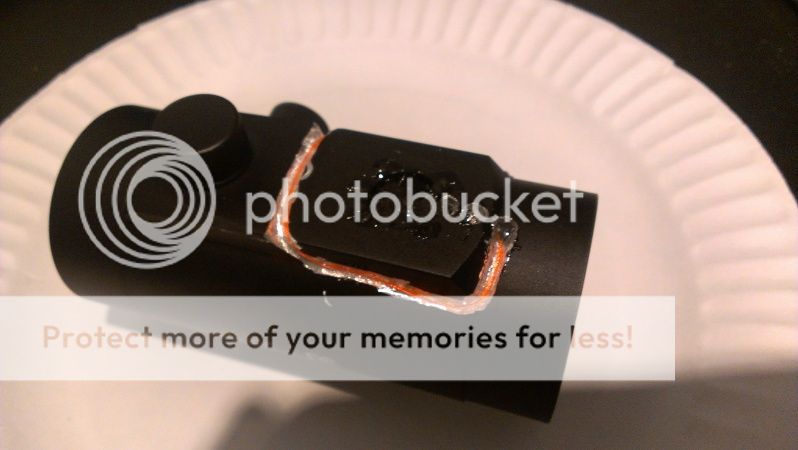
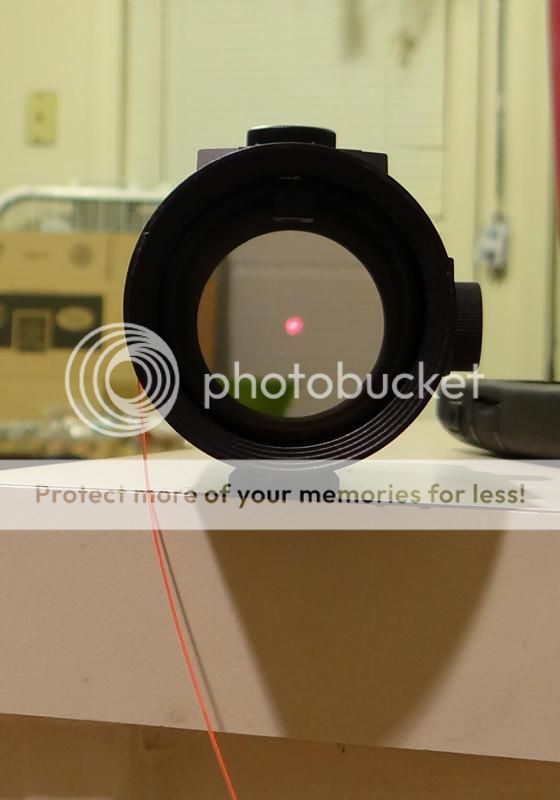
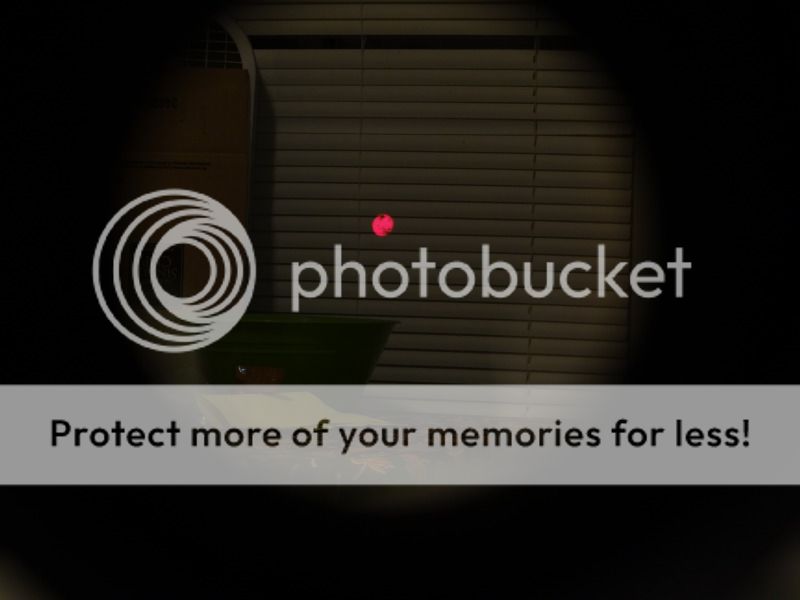
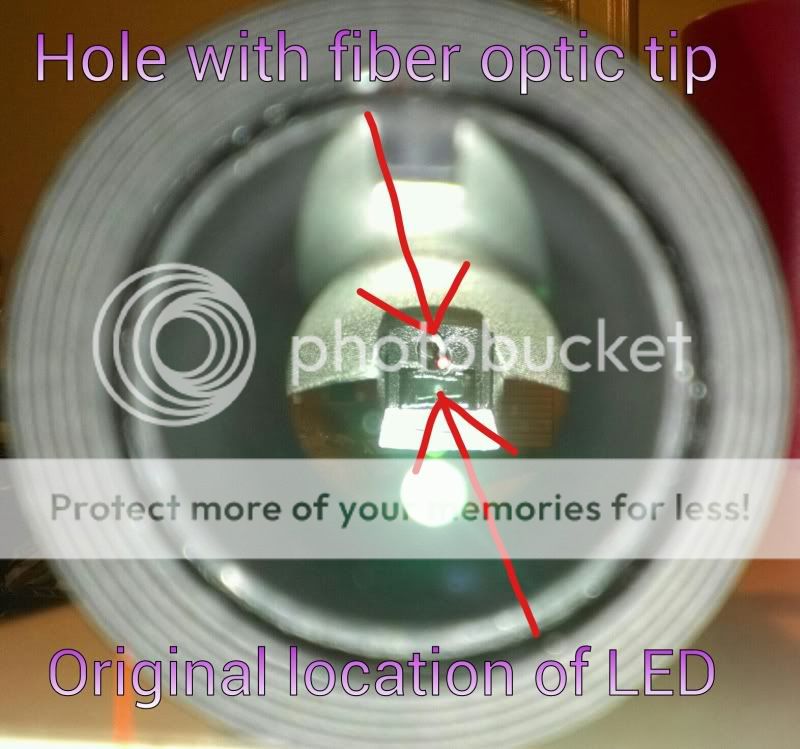
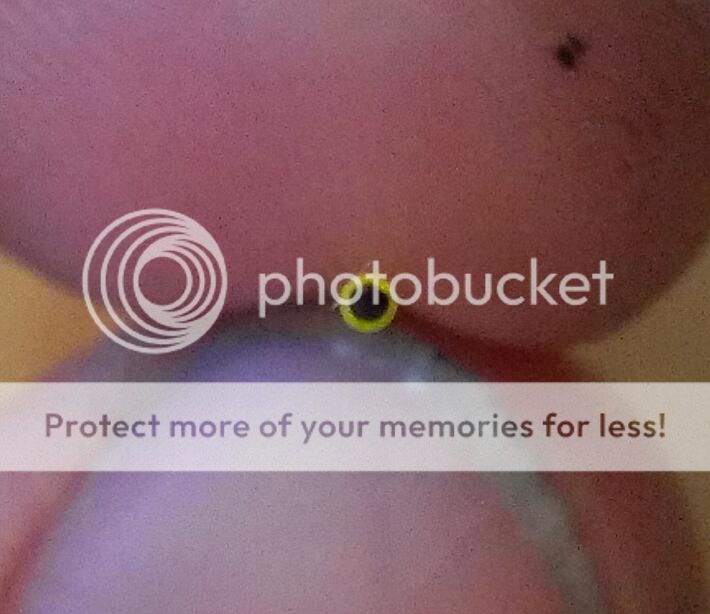
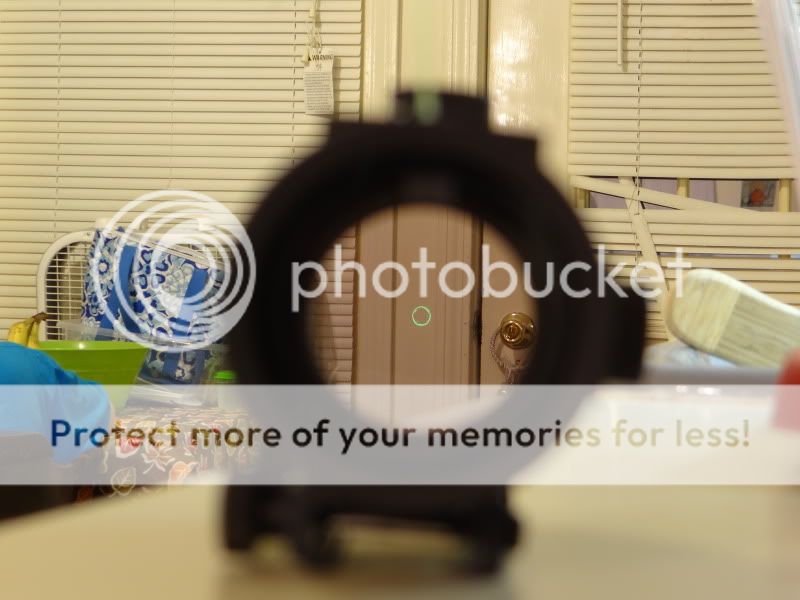







![Thumbs Up [thumbsup] [thumbsup]](/xen/styles/default/xenforo/smilies.vb/044.gif)
![Smile [smile] [smile]](/xen/styles/default/xenforo/smilies.vb/001.gif)